There is a memorial that looks over Omaha Beach in France, it honors the Native Americans who took part in the Normandy invasions that helped free France from their Nazi occupiers during World War II.
A group of residents in Normandy are trying to get a large bust of Charles Shay, a Native American who served as a medic during the D-Day invasions and who now lives in Normandy.
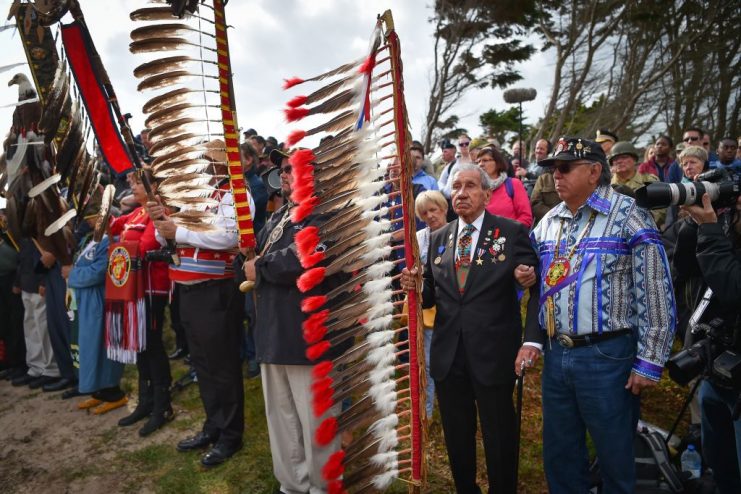
Marie-Pascale Legrand is Shay’s caretaker. She is hoping to get the bust erected while Shay is still alive.
The group in Normandy are working to get a 165-pound bronze bust made for Shay. They intend to place it in the center of the Charles Shay Indian Memorial in Saint-Laurent-sur-Mer, France.
The memorial was opened in 2017 and has become a popular place for American generals to visit during the annual D-Day anniversary ceremonies.
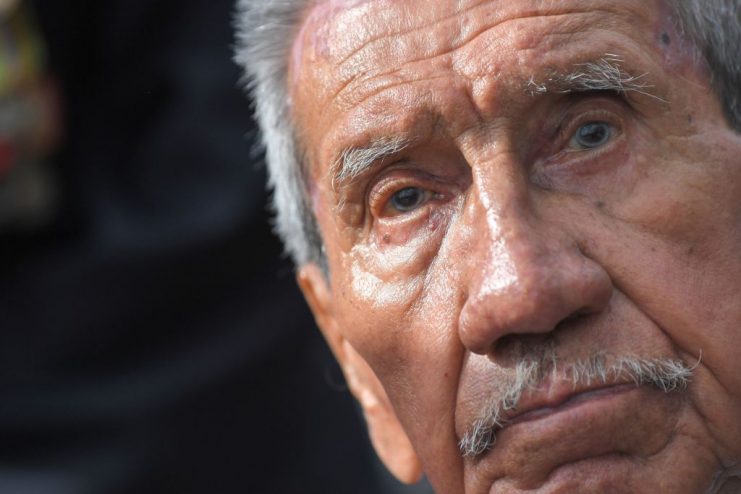
If all goes as planned, the bust will be unveiled at the 76th anniversary celebration on June 6, 2020. Legrand has put 3,000 euros into the project. A GoFundMe campaign has been started to help with the expenses which are expected to reach $13,000.
The group has already received permission from local authorities to proceed with the project. Plans are underway to dig at the site and pour the concrete foundation that will secure the memorial against the winds on the Omaha Beach bluffs.
Shay is a Penobscot Native American. He was 19 years old when he stormed ashore at Normandy in the first wave of Allies to hit Omaha Beach during the invasion.
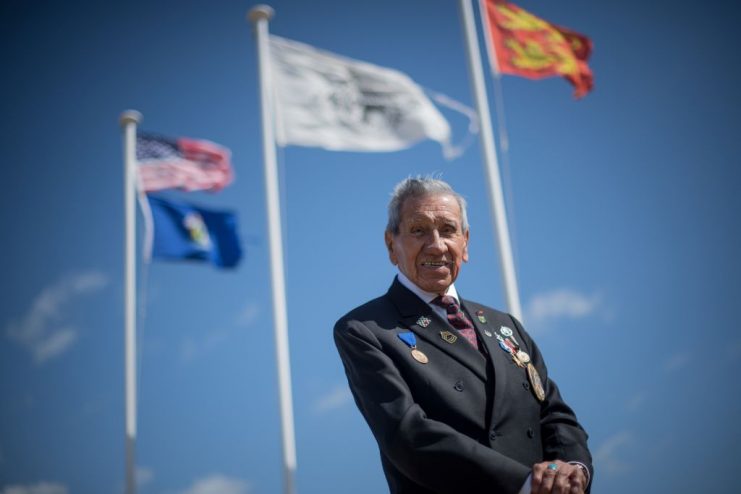
Since 2007, he has visited the Normandy American Cemetery every year on the anniversary of D-Day. There are 9,388 soldiers buried at the cemetery.
In 2018, Shay moved to Normandy to live with Legrand, a friend of his. Legrand expects Shay to be present at the unveiling of the memorial.
The D-Day invasions took place on June 6, 1944. It is one of the largest amphibious assault ever undertaken. Approximately 156,000 soldiers from America, Great Britain and Canada landed on five beaches on a 50-mile stretch of Normandy in France.
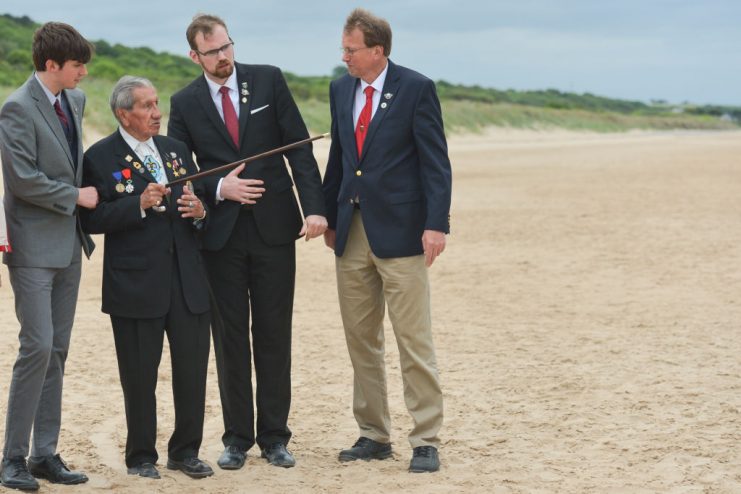
They were there to liberate France from Nazi occupation. By August of 1944, Northern France was liberated. By the following spring, the Germans were defeated.
The landings in Normandy are considered the beginning of the end of World War II.
In the lead up to D-Day, the Allies undertook a massive disinformation strategy which convinced the Germans that the Allies would attack at Pas-de-Calais rather than Normandy.
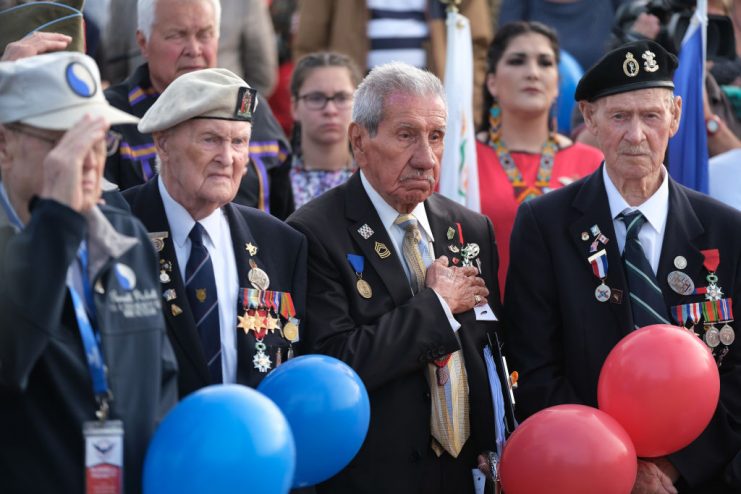
At Omaha Beach, where Shay landed, there were over 2,000 American casualties. All told, some 4,000 Allied troops were killed in the battle but they managed to successfully capture the beaches and go on to win the war.
There were almost 500 Native Americans fighting in the D-Day invasion. Shay is believed to be the last remaining of them.
During the landing, Shay said that he had to get himself used to the sight of many of his fellow soldiers dying. Once he was able to do that, he got busy doing his job saving lives and making the wounded comfortable.
He set up a spot on the shore where he could work and then got busy pulling wounded men out of the water, dragging them to shore so that he could administer medical treatment to them.
Gone Viral: Bugler Stands & Plays Taps in the Rain, Tribute to WWII Nurse
France awarded him the Legion d’Honneur, its highest honor, in 2007 to recognize his role in freeing their country.
